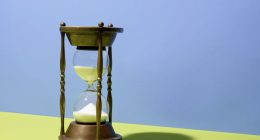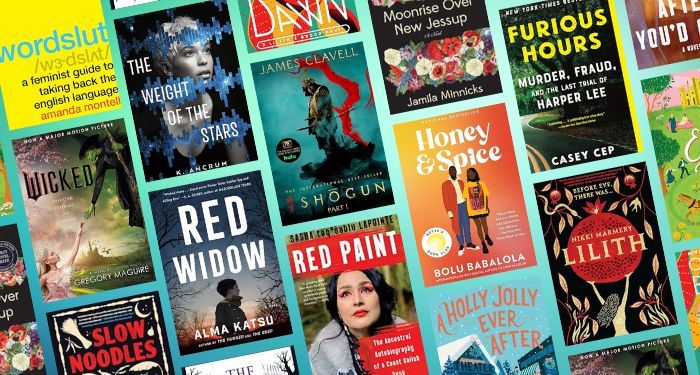A researcher from Trent University explored the concept of polarisation and how diverse colours appear when materials are placed between a set of polarisers, as part of an effort to use colour visualisation for subtle physics concepts that are typically only demonstrated mathematically. The researcher has also analysed the way these colours can be controlled and the effects of change in viewing angle, sample orientation, and order of layers between the polarisers on them.
In the study, the researcher has used visual examples of concepts related to birefringences — the optical property of a material with a refractive index that depends on the polarisation and the direction of light — like subtraction, addition, and order-of-operations.
Usually, formal matrix mathematics is used to explain the noncommutative nature of birefringent addition. However, in this study, published in the American Journal of Physics, the researcher used colour visualisation for the purpose.
“I use a visual language of colouration to illustrate subtle physics that is often only demonstrated mathematically,” said Aaron Slepkov, the author of the study, from Trent University in Canada. Slepkov drew inspiration from the work of artist Austine Wood Comarow, who found a profession in applying polarisation-filtered colouring techniques in fine art. Austine termed her art polage or polarization of collage.
She used sophisticated layering of cut cellophane and other birefringent polymer films and created a variety of art pieces ranging from small stand-alone pieces to huge installations put on display at institutions.
“In this work, I clarify the link between polarization filtering and the observed colours. I demonstrate how various aspects of birefringence in common household films provide opportunities and challenges for their use in art,” said Slepkov.
In order to produce polarisation-filtered colours, one needs to just sandwich a birefringent sample between polarisers that form a polarisation gate. This phenomenon can be seen in many household items that reflect an array of colours and patterns like a kaleidoscope. Transparent plastic cutlery, folded kitchen wrap, gift basket film, and layered adhesive tape are some of the items.
“The manipulation of birefringent films for the purpose of creating colour images is fun and intellectually stimulating. Much of the nuanced physics of polarization, birefringence, retardance, and colour theory can be observed in this accessible yet expansive endeavour,” said Slepkov.








